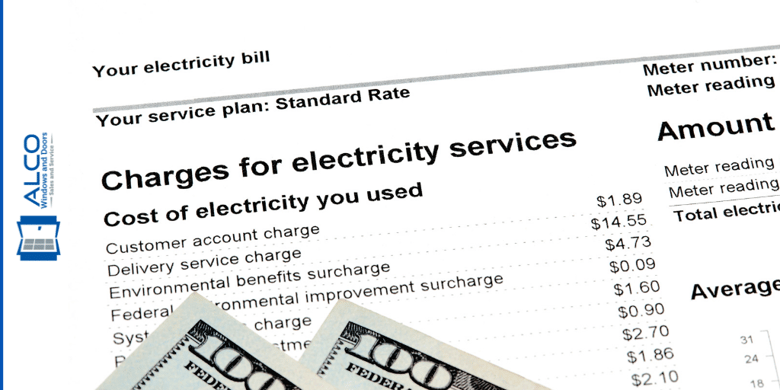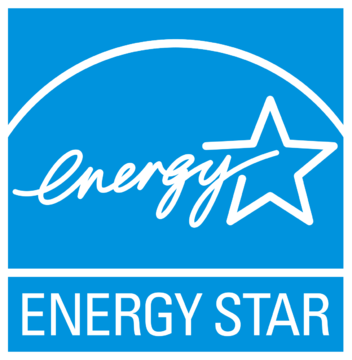When you live in Miami and other parts of South Florida, hurricanes and tropical storms are simply a part of life, and with climate change, such annual high wind storms are increasing both in number and intensity. As such, now is a great time to go through your property and consider how best to improve the building's ability to withstand high winds. One key place to look at is your windows and consider upgrading to impact windows.
Impact windows, also known as hurricane resistant windows, are designed in such a way so as to crack but not shatter and break upon high winds and impact. This both helps prevent water intrusion and has been proven to help prevent total home destruction by eliminating the sudden pressure changes that occur when doors and windows are blown out during high wind conditions. But did you know that impact windows, in addition to saving your home and belongings, also have an incredible side benefit of being energy efficient?
Factors That Go Into Energy Efficient Windows
To understand why impact windows are wonderfully energy efficient, it helps to look at the primary factors that contribute to a window's efficiency capabilities:
- Window framing material - In general, wood or wood clad window frames are a good choice when looking for energy efficiency due to wood offering outstanding insulative values. However, this material might not be the best fit for all homeowners due to their needing consistent upkeep. Plus, in the humid climate of South Florida, wood tends to have a higher propensity for rot and may not be a good fit for Miami architecture. In contrast, high-quality vinyl and aluminum window frames for impact windows consistently meet stringent building codes and, while not the best performers in terms of heat transfer and loss, still offer superb efficiency properties.
- Window glass enhancements - With impact windows and energy efficiency, it's a lot about what's inside that matters. Impact windows are manufactured by bonding multiple layers of glass together with a plastic interlayer also known as a glazing and applied via a 'laminate procedure'. What glazing or interlayer you choose for your impact windows can greatly impact energy efficiency, as well as how much of an impact they can absorb when struck. In addition to what's inside, many impact windows offer a Low-E (low emissivity and sometimes called Florida-E) coating. Low-E is a microscopically thin metallic coating that reflects and filters out harmful UV rays that also increase the heat load in a house while still letting in plenty of natural light. This helps prevent excessive heat transfer from the outside in and thereby improves a home's energy efficiency by reducing how often your air conditioning has to be turned on.
- Professional installation - Purchasing the best-rated impact windows comprised of window frames boasting superior insulative properties is the first big step towards energy efficiency but having them properly installed is also a near must in order to retain those energy efficiency qualities. For example, flashing and caulking may appear cheap and easy to install around a window, but not done correctly commonly leads to air leaks that allow hot air to either leak in or out of your home. Such unwanted heat transfers mean that you'll be spending more money operating heating and air conditioning equipment.
Contact Alco Windows and Doors to Learn More
Impact windows are energy efficiency because they almost always include all three of the aforementioned properties. These style windows are built using industry-leading manufacturing processes and include the best glazing, the strongest and most insulated frame materials, and include professional installation for optimum air sealing. Learn more by contacting Alco Windows and Doors today.




 License # CGC1526312
License # CGC1526312
Leave a Reply